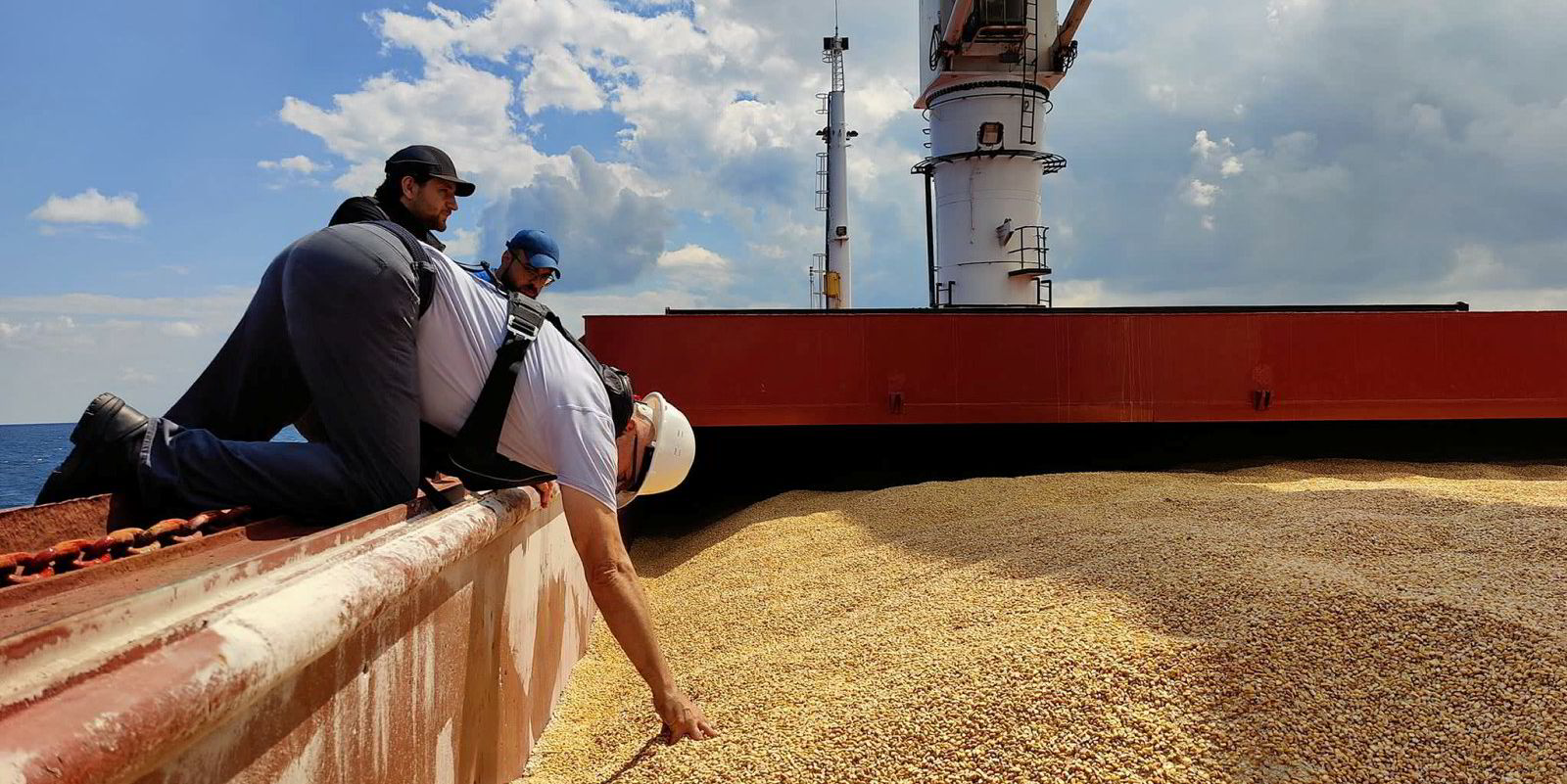Ships heading for Ukrainian ports through the Black Sea maritime corridor set up for the World Food Programme (WFP) are mostly older, smaller bulkers with low market values.
Using data sourced from VesselsValue, TradeWinds calculates that the 12 vessels listed by the United Nations as undergoing inspection in Istanbul before heading for Ukrainian Black Sea ports have an average age of 20.1 years and an average market value of $6.5m.
One vessel, the 12,000-dwt Kubrosli Y, is 41 years old.
The largest vessel named so far is the 30,500-dwt Osprey S (built 2007) and the smallest is the 2,900-dwt Kafkametler (built 1992).
The average size is 15,000 dwt.
Despite claims by the UN Joint Coordination Centre that it has had plenty of applications to carry WFP cargoes, the market appears to have attracted only a few ships from the mainstream bulk carrier trades.
Continued lack of confidence in the security of the trade has been cited as one reason younger and larger vessels have not yet got involved.
London war risk underwriters have said they will back the trade and are quoting on business into the Ukrainian grain ports.
War risk rates continue to fall as more ships, inbound and outbound, safely navigate the UN’s humanitarian corridor.
Quoted rates have fallen from around 2% of hull value last week to between 1% and 1.25% of hull value, depending on the extent of cover.
But they are still not at a level that might encourage younger vessels into the market.
Based on current average valuations, a 10-year-old handymax valued at $20m might pay around $250,000 for cover in the high-risk area. A 25-year-old bulker might pay about $70,000.
However, rates could also be increased considerably for older vessels and for full cover.
A big concern is that ships going into the region could get caught up in the conflict again. “If you add blocking and trapping into the cover, then you could probably double the price,” said one war risk underwriter.
The expectation is that war risk rates will continue to fall.
There have been suggestions that some of the vessels heading into the region to pick up cargoes will be self-insured.
Around 16 vessels have so far departed Ukraine through the maritime corridor after being caught up in hostilities since February.





